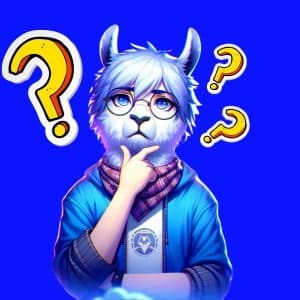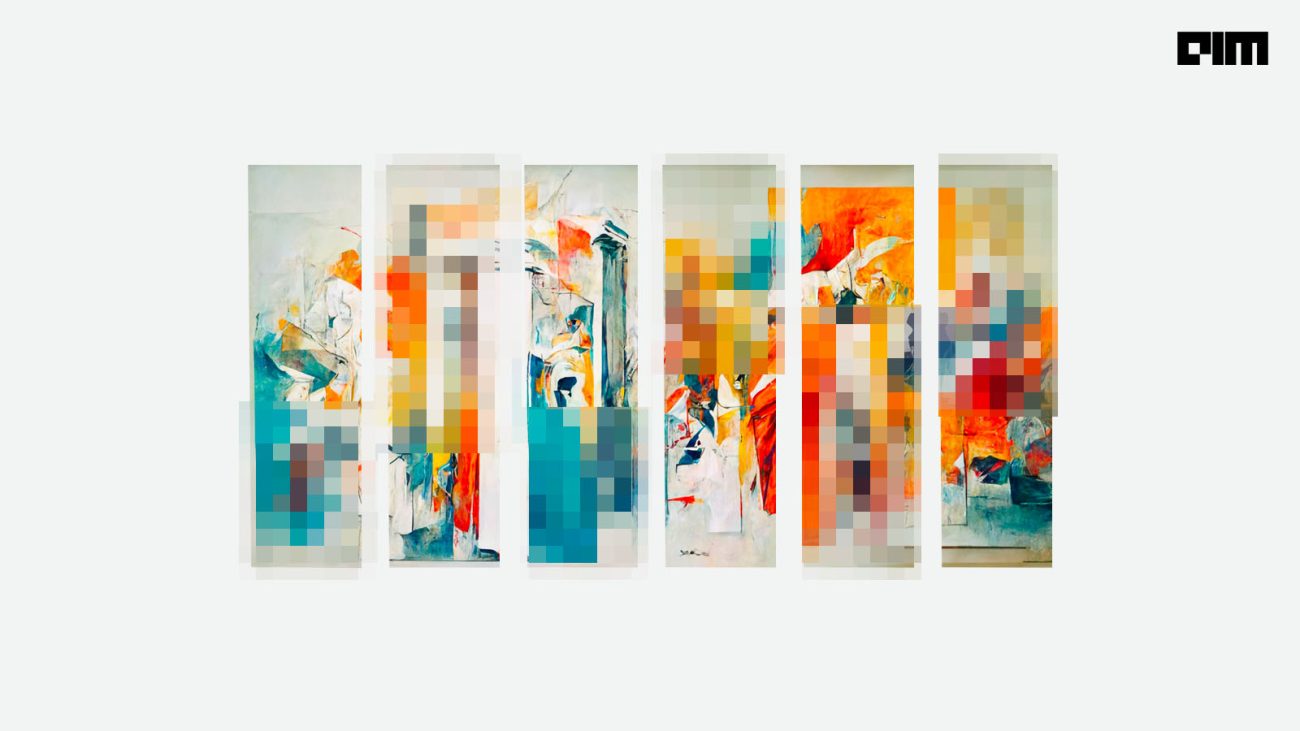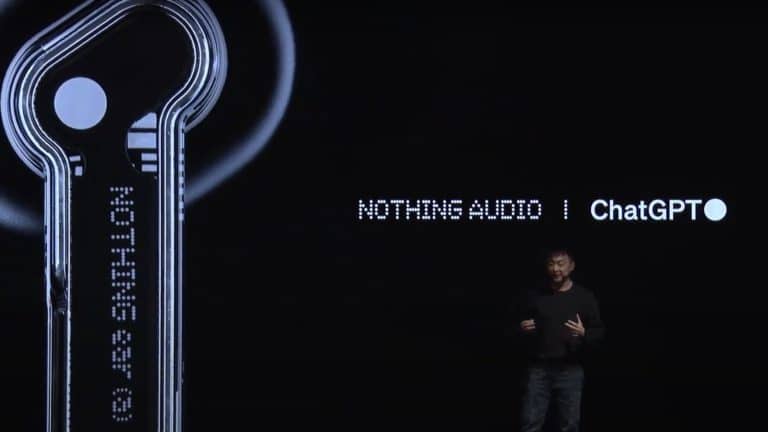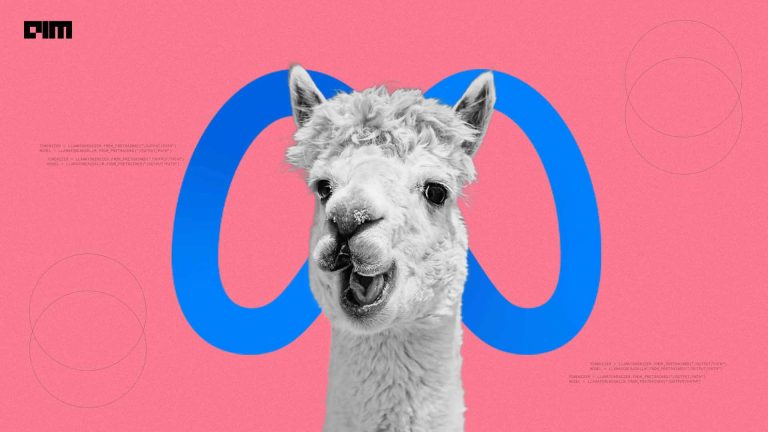|
Listen to this story
|
In the new world of virtual existence, the first AI-powered NFT collection was launched by XANA. The collection includes 10,000 original avatars with a Japanese anime aesthetic which would serve as a customised AI ally across the metaverse.
The NFT collection is inspired by Blade Runner 2049 to cater to the demand of personalised avatars for the metaverse. Other features that the NFT collection carries are full commercial rights and the power of the AI engine, among several other ecosystem privileges.
Using AI to create art is expected to gain more momentum. The increasing popularity of the metaverse would certainly propel AI-based NFTs. The online collection drop by XANA was announced on Twitter, applauded by their numerous followers, and even called revolutionary in the NFT industry. The next drop by the company is scheduled on July 29, 2022.
Enters AI NFT
Each NFT, or non-fungible token, is a unique digital file stored on a blockchain.
An AI NFT is typically embedded with a Generative Pre-trained Transformer 3 (GPT-3) language model prompt as part of its smart contract. This type of NFT is not only intelligent but also comes with other properties like animation, interactivity and many other emerging generative capabilities. Incorporating AI capabilities into NFTs represents a new technological frontier that extends to many more capabilities.
Although NFTs can be generated using AI, the trend for this year is the integration of AI within NFTs—meaning, unique and intelligent experiences that are not possible with other methods can be created now.
This type of NFT could become a more familiar sight to users who might interact with tokens infused with language skills—that is, they can strike up conversations and interact with people no matter the setting.
Alethea AI was the first mover behind an intelligent NFT called ‘Alice’. This smart NFT with self-learning capabilities gains new knowledge as it interacts with more people. It was auctioned at Sotheby’s for almost $480,000.
The company is committed to building an NFT metaverse where digital objects interact and evolve with each other. The idea is to turn works of art into NFTs and the rest of the NFT industry into agents interacting with each other and the surrounding environment.
In other words, creators and artists would be offered the possibility of designing interactive and intelligent NFTs around their favourite characters, facilitating the construction of digital communities, maintaining intellectual property over the avatars and democratising access to new digital tools.
NFT digital representations are based on digital formats such as images, video, text and audio. Hence, these representations can be nicely mapped to different AI subfields.
AI NFTs in India
Terrain.art, a blockchain-powered online platform that focuses on art from South Asia, explores the relationship between AI and creativity with India’s first AI NFT Art Exhibition titled, ‘Intertwined Intelligences’. An exhibition featuring six global artists pioneering AI—Pindar Van Arman, David Young, Scott Eaton, Harshit Agrawal, Sofia Crespo and Feileacan McCormick from Entangled Others Studio—has opened on the platform.
Harshit Agarwal, curator of ‘Intelligence Intertwined’ says, “Each artist uses AI to imagine alternate realities of common natural subjects, themes that might be considered passe in mainstream art today, but here re-imagined and re-interpreted through the lens of AI. It is as if they are building a new, digital reality through these essential genres, asking the viewer to balance their deep-rooted understanding of the natural world and the uncanny departures introduced by AI.”
The concept of using AI to create art has massive potential with multiple startups entering the business.
Art AI is currently one of the largest AI art galleries. The company launched Eponym, an AI software that converts text to art-like images and helps artists sell their pieces directly on the NFT marketplace, OpenSea. The art pieces produced using Eponym were launched on the ethereum blockchain.
Eponym differs from traditional AI-based art in that it allows for a human touch and is not completely based on AI algorithms.
According to Art AI co-founder Eyal Fisher, most Eponym users are creating NFTs for the first time. NFT collectors and buyers are making their creations—a game changer in the space since most people belonging to the Eponym community are not professional artists.

























